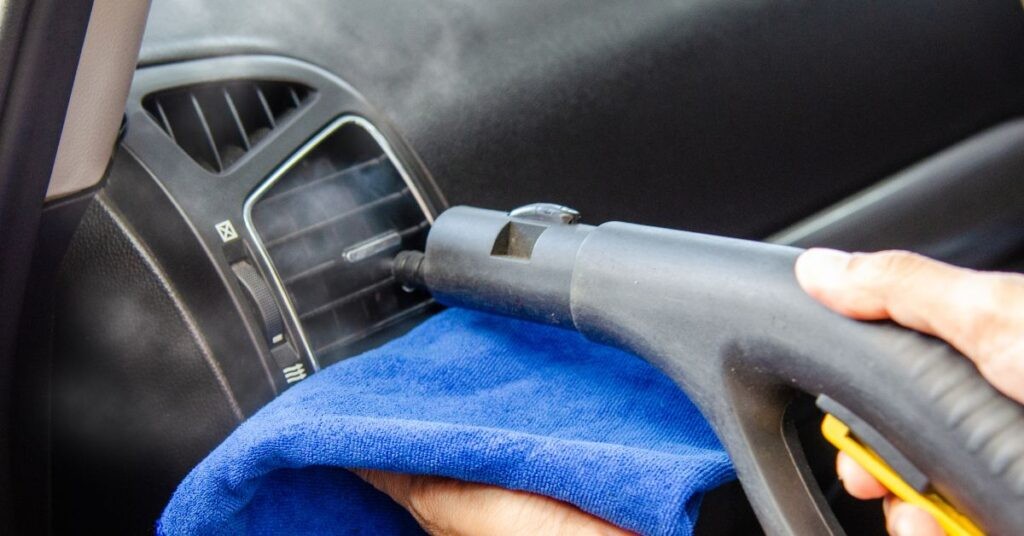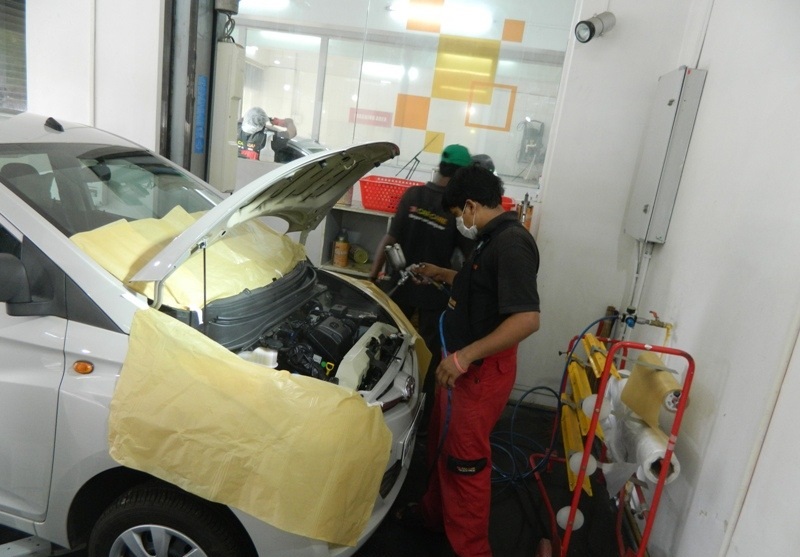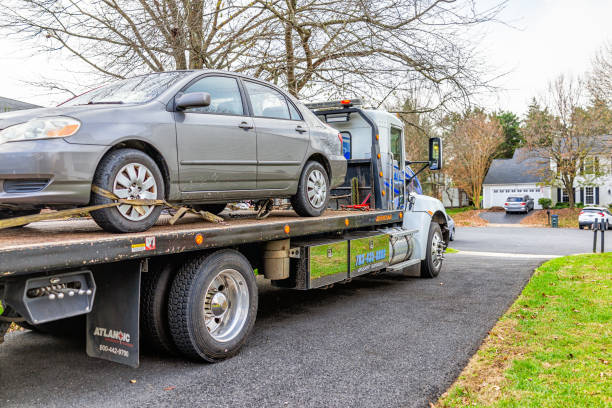5 Common Causes of Land Rover Suspension Problems and How to Prevent Them

Land Rovers are known for their off-road capability, luxury, and durability. However, like any vehicle, they are not immune to mechanical issues—especially when it comes to suspension problems. A faulty suspension can affect your Land Rover’s handling, ride quality, and overall performance, leading to costly repairs if not addressed early. Here are five common causes of Land Rover suspension problems and how you can prevent them.
1. Air Suspension Leaks and Failures
Many Land Rover models, particularly the Range Rover, Discovery, and Sport variants, are equipped with an air suspension system. While this system provides a smoother ride and enhanced off-road capabilities, it is also prone to leaks and failures over time.
Common Symptoms:
- Vehicle sagging on one side or the front/rear
- Uneven ride height
- Warning light for suspension system
Prevention Tips:
Regularly inspect the air suspension components, including air struts, hoses, and the air compressor. If you notice any leaks or a drop in ride height after parking overnight, address the issue immediately. Replacing worn-out air suspension parts before they completely fail can save you from expensive repairs. If you experience persistent issues, consulting a land rover repair denver specialist can help diagnose and fix the problem efficiently.
2. Worn-Out Bushings and Control Arms
The suspension system in a Land Rover relies heavily on rubber bushings and control arms to absorb shocks and provide stability. Over time, these components wear down due to exposure to extreme temperatures, dirt, and road conditions.
Common Symptoms:
- Clunking or knocking noises when driving over bumps
- Excessive vibration in the steering wheel
- Uneven tire wear
Prevention Tips:
Regular inspections and maintenance can help identify early signs of bushing wear. If you notice any looseness in the suspension or abnormal tire wear, have the bushings and control arms checked. Replacing these parts as needed can prevent further damage to your vehicle’s suspension system.
3. Faulty Air Suspension Compressor
The air suspension system in Land Rovers depends on a compressor to inflate and regulate the air springs. If the compressor fails, the suspension will not be able to maintain the correct ride height, causing the vehicle to sag.
Common Symptoms:
- Extended time for suspension to adjust height
- Grinding or buzzing noise from the compressor
- Suspension warning light on the dashboard
Prevention Tips:
Avoid overloading your vehicle, as excessive weight puts strain on the air compressor. Additionally, keeping the compressor and air filter clean can help extend its lifespan. If you notice unusual noises from the compressor, have it inspected to prevent a full system failure.
4. Damaged Shock Absorbers and Struts
Land Rovers are built for both luxury and off-road capability, meaning their suspension system is designed to handle rough terrain. However, repeated exposure to potholes, rocky trails, and heavy loads can wear out the shock absorbers and struts.
Common Symptoms:
- Bouncy or unstable ride
- Difficulty handling turns
- Fluid leaks near the shock absorbers
Prevention Tips:
Inspect your shocks and struts regularly, especially if you frequently drive on rough terrain. Replacing worn shocks in pairs ensures balanced suspension performance. Additionally, slowing down over potholes and avoiding excessive loads can help prolong the life of your suspension components.
5. Misaligned Suspension and Steering Components
Suspension alignment is crucial for maintaining a smooth and stable ride. Over time, hitting curbs, potholes, or off-roading without proper suspension adjustments can throw your Land Rover’s alignment off balance, leading to uneven wear on tires and steering issues.
Common Symptoms:
- Vehicle pulling to one side
- Uneven tire wear patterns
- Off-center steering wheel
Prevention Tips:
Regularly check your Land Rover’s wheel alignment and suspension geometry. If you frequently go off-road, consider having a professional alignment check after rough driving conditions. Properly inflated tires and balanced suspension components help maintain stability and reduce unnecessary strain on your suspension system.
Land Rover suspension problems can be frustrating, but with routine inspections and preventative maintenance, you can avoid costly repairs and ensure a smooth driving experience. Whether it’s monitoring your air suspension system, replacing worn bushings, or keeping the compressor in check, taking proactive steps will extend the lifespan of your vehicle’s suspension.
If you notice persistent suspension issues, seeking help from a land rover repair expert can save you time and money in the long run. Keeping your Land Rover’s suspension in peak condition ensures it remains the capable and luxurious off-roader it was designed to be.




